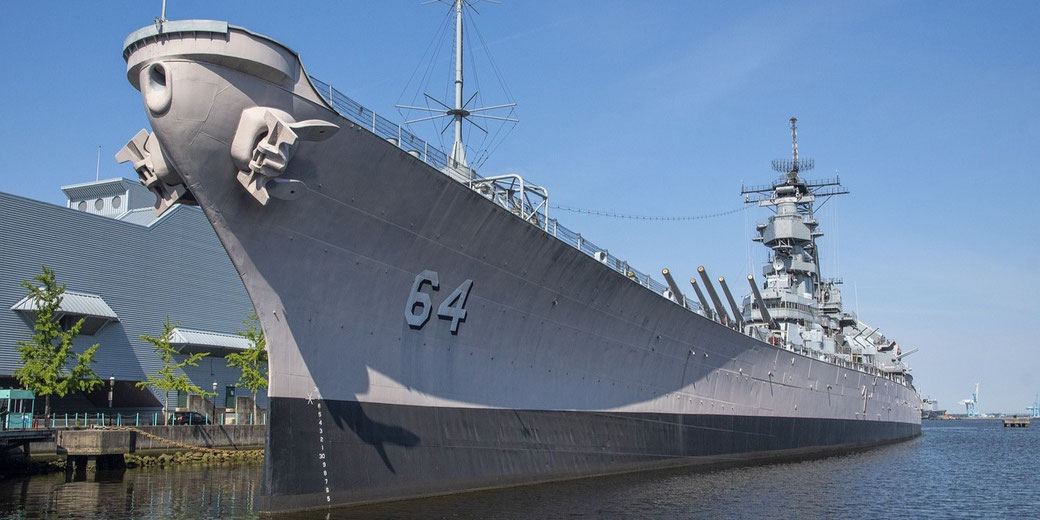1989: The year soda company Pepsi briefly became a naval superpower

Pepsi is one of the most popular soft drinks in the world, but few people know that it once had a naval fleet that rivaled some of the major powers of its time.
This is the story of how Pepsi acquired and sold a navy of warships and submarines from the Soviet Union in exchange for its fizzy beverage.
It began 30 years earlier...
The origins of Pepsi's naval adventure date back to 1959, when the US and the USSR agreed to hold cultural exhibitions in each other's countries to showcase their lifestyles and achievements.
The US exhibition in Moscow featured a model American house, where Vice President Richard Nixon and Soviet leader Nikita Khrushchev engaged in a heated debate over capitalism and communism, known as the "kitchen debate".
One of the attractions at the exhibition was a Pepsi vending machine, where Nixon offered Khrushchev a glass of the drink.
The Soviet premier liked it so much that he asked for a second one, and reportedly said "This is very refreshing".
This was a historic moment, as it marked the first time a Soviet leader had publicly tasted an American product for the first time.
Making Soviets Pepsi drinkers
Pepsi seized this opportunity to enter the Soviet market, which was largely closed to Western goods.
After years of negotiations, Pepsi became the first foreign consumer product to be sold in the USSR in 1972.
However, there was a problem: Pepsi could not accept Soviet rubles as payment, as they were not convertible to other currencies and had no value outside the USSR.

To solve this issue, Pepsi struck a deal with the Soviet government: instead of rubles, Pepsi would receive Stolichnaya vodka, which it would then sell in the US and other countries.
This arrangement worked well for both parties, as Pepsi expanded its sales in the Soviet Union, and Stolichnaya gained access to new markets.
The dramatic events of 1989
However, by 1989, things changed. The US imposed sanctions on Soviet products, including vodka, after the USSR invaded Afghanistan.
This meant that Pepsi could no longer sell Stolichnaya in its main market.
At the same time, Pepsi's contract with the USSR was about to expire, and it needed to renegotiate its terms.
Pepsi's CEO at the time, Donald Kendall, who had personally arranged the deal with Khrushchev three decades earlier, flew to Moscow to meet with Soviet officials.
He asked for $3 billion worth of payment for his syrup, but the Soviets had no hard currency to offer.
Instead, they proposed an unusual alternative: they would give Pepsi a fleet of naval vessels that they no longer needed or could afford to maintain.
Pepsi rules the waves
Kendall agreed to this offer, and became the owner of 17 submarines, a cruiser, a frigate, and a destroyer.
According to some estimates, this made Pepsi's navy the sixth-largest in the world at that time, surpassing those of countries like Australia and Spain.
Of course, Pepsi had no intention of keeping or operating these ships. It quickly sold them to a Swedish company for scrap metal, making a profit of about $3 million.
Kendall later joked that he was "disarming the USSR faster than [President] Reagan".
The harsh reality
Even though the story of Pepsi's military acquisition is fascinating, it is not really accurate to say that the soft drink company was a naval superpower as a result of this deal.
The decommissioned Soviet battleships that Pepsi acquired were not combat-ready at the time of purchase. They had been retired from active service and were in various states of disrepair.
Clearly, there was no way that Pepsi could use the ships for military purposes, as the company had more experience selling soft drinks and snack foods than orchestrating military manoeuvres.
And, as humours as this historical event is, it is important to note that the sale of decommissioned military equipment is not uncommon.
Many countries have purchased such equipment for a variety of reasons, including as museum pieces or for use in film productions.
What it tells us about the end of the Cold War
Pepsi's naval adventure was short-lived, but it left a lasting mark on history.
It showed how a soft drink company could become involved in international politics and diplomacy, and how trade could bridge ideological differences and create mutual benefits.
It also demonstrated how creative and unconventional solutions could overcome seemingly impossible challenges.
Pepsi's purchase of a navy was one of the most bizarre episodes of the Cold War era, but it also reflected the changing times and realities of that period.
As Kendall said: "We're disarming them monetarily".
What do you need help with?
Download ready-to-use digital learning resources
Copyright © History Skills 2014-2025.
Contact via email
With the exception of links to external sites, some historical sources and extracts from specific publications, all content on this website is copyrighted by History Skills. This content may not be copied, republished or redistributed without written permission from the website creator. Please use the Contact page to obtain relevant permission.





